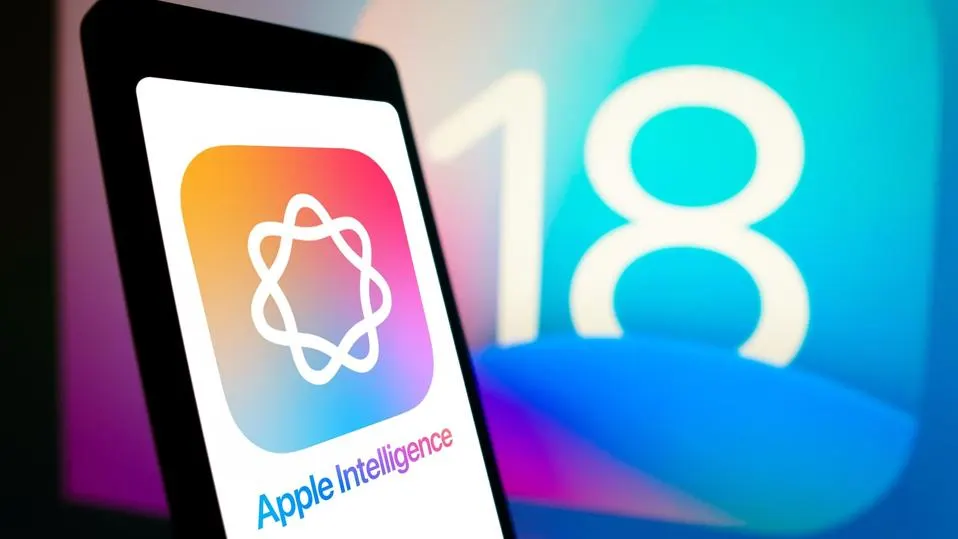Generative, Predictive, Prescriptive AI: What They Mean For Business Applications
12 July 2023
So many people are talking about generative artificial intelligence (AI) these days that it’s easy to forget it’s just one category of AI application that’s making a difference to businesses today.
What do I mean by different categories of AI applications? Here’s a quick explainer:

The term “AI” really refers to any machine system that attempts to carry out tasks intelligently. This means not just blindly following a set of instructions but attempting to use what it knows, or can find out, in order to do the task more efficiently.
The way this is most commonly achieved in business today is through a process known as machine learning (ML). This refers to algorithms trained on data that are capable of making decisions based on what they know, and getting better as they learn more.
Machine learning algorithms can be further broken down into a number of specific technologies. These include computer vision (enabling computers to see and understand visual data), natural language processing (computers that can understand and communicate in human languages), and recommendation engines (as used by Amazon, Spotify and Netflix to predict what customers want to buy or consume).
AI Business Applications
Applications are the specific use cases within a business for AI, and these generally fall into one of a number of high-level categories, which is what we will be looking at today.
Before we start, it should be noted that there is often a lot of overlap – specific AI implementations may well fit into more than one of these categories. As time goes on, this is likely to become more common.
To help me understand the differences and explore some use cases for these categories I was joined on my podcast by Davor Bonaci, CTO and Executive Vice President of DataStax. Bonaci has been with DataStax since the start of the year when it acquired Kaskada, the ML business he co-founded. Before that, he worked as an engineer at Google Cloud.
AI Application Categories
Generative AI
So, let’s start with the hot topic of the past year, which has undoubtedly been generative AI. From ChatGPT – the fastest-growing application of all time – to more niche and experimental tools focused on creating video, music, or 3D design. Generative AI applies to any application where we use AI (ML) to create something. This could mean personalized products, where AI is used to fill in information in order to create customized or bespoke customer offerings. It can also mean computer code, marketing materials, product designs, responses to customer service requests (chatbots), all the way up to synthetic datasets for use in training other ML models or building digital simulations.
As Bonaci tells me, “Everyone's talking about generative AI; it's the innovation that hit the nerve within the industry over the last six to nine months. It's a technology that can generate text, video, music, images, or any type of content, based on training and the content that’s already available.
“We’ve figured out that it can be really useful in making us more productive – it's a super-interesting innovation, and everyone's looking at it."
Predictive AI
As well as generative AI, the other important AI category for business is predictive AI. Although the theory behind ML has been around for the best part of a century, it’s only in the last decade or so that the cost (in terms of computing power) and accessibility reached a level where it became an option for just about any business. Predictive AI helps businesses predict the future — whether that be through forecasting sales, estimating customer lifetime values, predicting churn, risk assessment, fraud detection, targeting the distribution of marketing materials, predictive maintenance of machinery, or optimizing supply chain logistics.
Bonaci says, "Models that predict the future based on what's happened in the past … helps businesses enable and anticipate customer behavior, forecast market demands, optimize operations, or any other type of data-driven decision.
Organizations have been using predictive AI for some time now, but as Bonaci notes, ”What makes predictive AI even more powerful, is the ability to leverage real-time data to power in-the-moment experiences and recommendations for customers. For example, not only does Netflix make recommendations on streaming content you may want to watch based on your viewing behavior, they’re also predicting what artwork you’ll be most drawn to and personalizing tv and movie title covers in real time.
Prescriptive AI
Prescriptive AI goes a step further than predictive AI by suggesting the best possible course of action. For example, in a healthcare scenario, computer vision ML algorithms might be used for a predictive AI application in order to determine which of thousands of medical images are likely to signify that a patient has cancer. A prescriptive algorithm would go further by determining, from the data available to it, the best treatment to offer the patient. Alternatively, while a predictive system would give a business an idea of a customer’s “churn” score – how likely they are to stop being a customer – a prescriptive system would proactively advise on steps that could be taken to reduce the likelihood of the customer leaving.
Another example of a commonly used application is in delivery logistics. A predictive algorithm would tell the human coordinator how long it will take drivers on each route to complete their deliveries. A prescriptive algorithm will determine the most efficient route that each driver should take in order to complete their deliveries quickly and safely.
A key difference is that while predictive AI forecasts the future based on past (or current, real-time) data, prescriptive AI tells us how we can shape the future according to our own requirements.
Connecting the Dots
Although the last few years have seen amazing advances in the AI tools and applications that are available for business, it’s very clear that we’re still in the early stages of the journey. Many of the future developments we will see are likely to arise from combining generative, predictive, and prescriptive elements of AI.
One development we can expect is advances in the “emotional intelligence” aspect of AI, where we will see applications that are better at assessing and reacting to our own emotional states, providing responses that are more empathetic and attuned to our frame of mind.
A great example comes from Uniphore, a California-based company, that utilizes DataStax’s Astra DB to enhance its AI-driven emotion analysis platform which analyzes voice tone, facial expressions, and spoken words in real-time during customer interactions. Astra DB enables Uniphore to efficiently capture and process about 200 data points per frame on meeting participants’ faces, along with analyzing voice tonality and natural language processing. Through a multimodal approach, Uniphore’s platform provides valuable insights to enterprises, helping them to improve customer engagement, build trust, and enhance the performance of customer-facing employees by understanding and responding to customer sentiments.
We are also seeing the emergence of “explainable” AI applications. Recognizing that trust is an essential factor in encouraging the uptake of AI tools; these use generative methods such as natural language generation to explain how and why its decisions have been made in an attempt to eliminate the "black box" problem of AI.
And closely aligned to explainable AI is the concept of ethical AI apps. These use generative, predictive, and prescriptive methods to ensure that the decisions they are making are free (as far as possible) of bias and not likely to cause harm or damage to society.
The interplay between prediction, prescription, and generation gives AI developers powerful options when it comes to understanding our intent, deciding the best way to help us, and delivering output in a personalized, easily digested manner. It's this combination that has enabled some of the most exciting AI applications in use in business today, and we can expect to see continued innovation in the future.
Related Articles
Will AI Solve The World’s Inequality Problem – Or Make It Worse?
We are standing on the cusp of a new technological revolution. AI is increasingly permeating every aspect of our lives, with intelligent machines transforming the way we live and work.[...]
How You Become Irreplaceable In The Age Of AI
In a world where artificial intelligence is rapidly advancing, many of us are left wondering: Will AI take our jobs?[...]
Why Apple Intelligence Sets A New Gold Standard For AI Privacy
In the rapidly evolving world of artificial intelligence, privacy concerns have become a hot-button issue.[...]
Can Your Device Run Apple Intelligence? What You Need To Know
Apple's announcement of Apple Intelligence has sent waves of excitement through the tech world.[...]
10 Amazing Things You Can Do With Apple Intelligence On Your IPhone
Apple Intelligence is poised to revolutionize the iPhone experience, offering a suite of AI-powered tools that promise to make your digital life easier, more productive, and more creative.[...]
Agentic AI: The Next Big Breakthrough That’s Transforming Business And Technology
The world of artificial intelligence is evolving at a breakneck pace, and just when you thought you'd wrapped your head around generative AI, along comes another game-changing concept: agentic AI.[...]
Sign up to Stay in Touch!
Bernard Marr is a world-renowned futurist, influencer and thought leader in the fields of business and technology, with a passion for using technology for the good of humanity.
He is a best-selling author of over 20 books, writes a regular column for Forbes and advises and coaches many of the world’s best-known organisations.
He has a combined following of 4 million people across his social media channels and newsletters and was ranked by LinkedIn as one of the top 5 business influencers in the world.
Bernard’s latest book is ‘Generative AI in Practice’.










Social Media